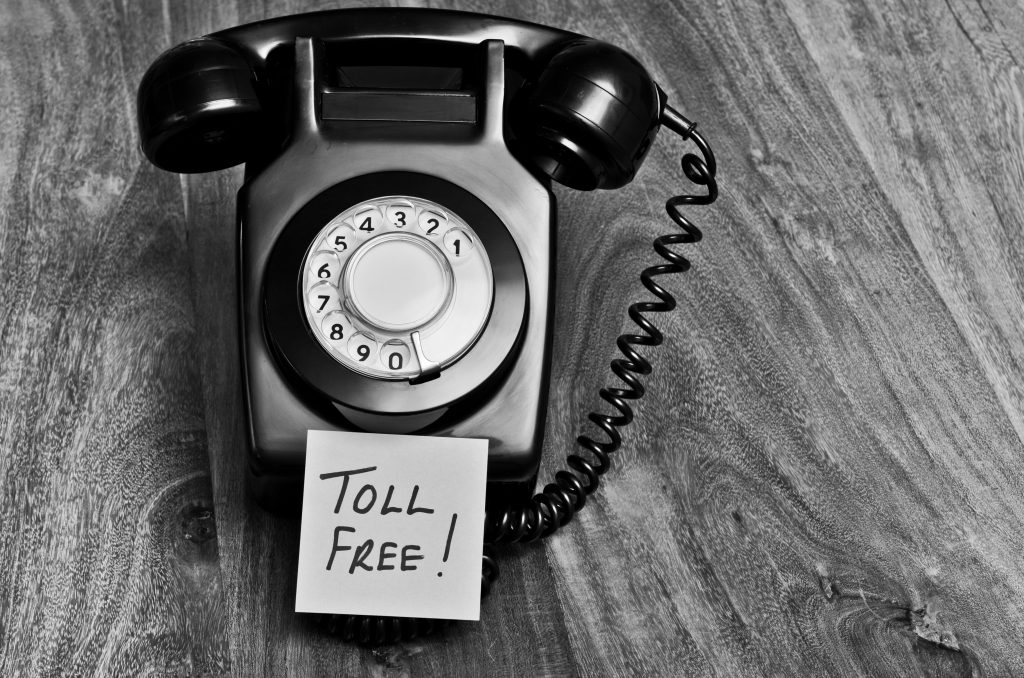Minimizing Risks Associated with Communications Tax Compliance
Communications taxes provide a wide range of services to many businesses. This is the reason why a lot of tax teams subconsciously enter a complex compliance environment. Keeping this in view, it is essential for business and tax advisors to understand how to assess and minimize communication tax compliance risks.

What is Communications Tax?
Back in the day, communications taxes were only applied to wire-line telephone calls. With the explosive advancement in the communication world over the decades, the tax rules varied highly. The fact that any technical object around us is capable of transmitting data further complexifies how communications taxes are calculated.
Communications tax calculation can quickly put struggling small to medium businesses under the pressure of underpayment or overpayment of taxes. Along with this come audit penalties and fines as well.
Understanding the Challenges
Since it is a heavily regulated industry, knowing the importance and complexity of preparation, filing, remittance, and reporting is crucial for the communications sector. To reduce the risks of compliance, it is necessary to understand the challenges before ensuring compliance.
- Sourcing Difficulties; determining the customer’s correct location is vital in avoiding audit risks, overpayments, penalties, and lost revenue. This can become difficult in the case of wireless services.
- Managing the Bundles. Bundling many services with a product leads to a mixing of tax rates. The correct building of bundles is crucial for appropriate taxing and reporting.
- Calculation complexities. When multiple services are bundled with a product, the calculation of taxes and fees is dependent on complex mathematical equations. It can comprise a calculating fraction of a percent, tax-on-tax, self taxing, tiered taxing, brackets and, prorated taxes. If not automated, these calculations can encounter high error rates.
- Accurate Billing. Adherence to specific rules and practices is vital for correct and compliant billing. It is also essential to understand what is included in a bill. Billing sections should be separate for “taxes” and “other charges.”
How can Tax Professionals cope with this?
It is essential for tax professionals to navigate the complexity in the continuously changing competitive environment. A few important steps should be considered when a communications tax is present.
- Determine the presence of nexus
- Always make sure you can keep up with the form and rate changes of each jurisdiction
- Ensure a bundle building pattern that can stand up to any audit. Bundling can be complicated when it comes to communication taxes. As it is a competitive necessity, beginners must recognize the risks associated with taxes. Ensuring tax and marketing team collaborations, accurate records, create quality assurance process and capability assessments is vital for avoiding unexpected tax liabilities.
- Categorize the revenue for easy reporting
- Make sure that all systems setup are capable of accurate reporting and billing.
- Identify communication tax red flags like voice communications, digital content, connectivity, IoT, and connected devices. Products, including these specifications, can have a communications tax liability.
Knowing the challenges of communications taxes and their potential solutions is necessary for gaining a substantial benefit in all sorts of businesses.

